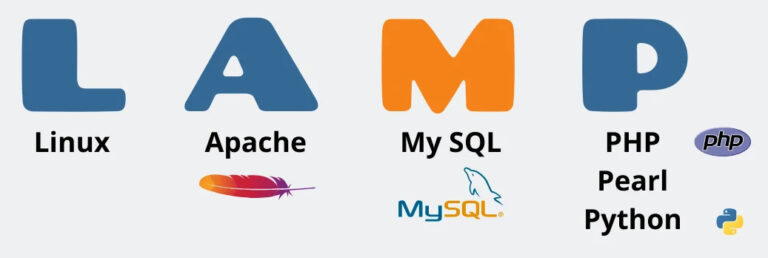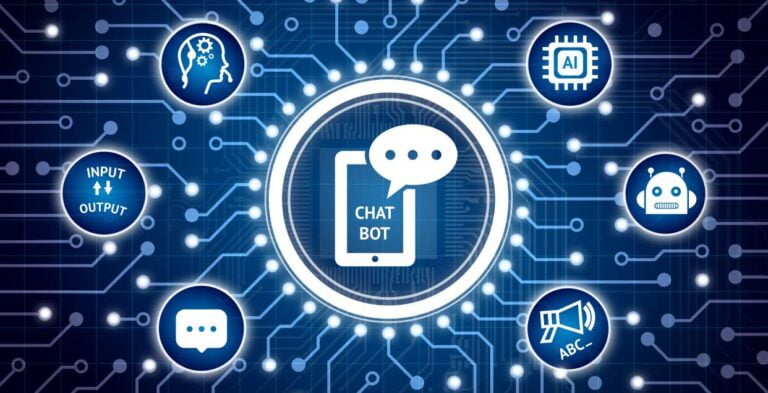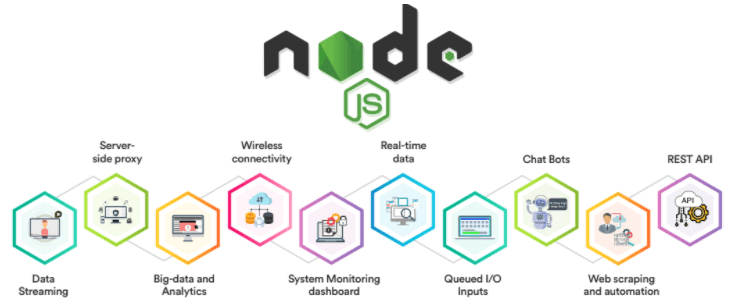5G Networks – A new generation of mobile networks
As the world becomes increasingly connected and reliant on mobile devices, the demand for faster and more reliable mobile networks continues to grow. Enter 5G networks – the latest and greatest in mobile network technology. In this blog post, we will dive into what 5G networks are, their benefits, and the potential applications and use cases.
What is 5G Network?
5G stands for the fifth generation of mobile network technology. It promises to offer faster data transfer speeds, lower latency, and increased bandwidth compared to previous generations of mobile networks. This is achieved through the use of advanced radio frequency technology, such as millimeter-wave frequencies and Massive MIMO (Multiple Input, Multiple Output) antenna systems.
Benefits of 5G Networks
The benefits of 5G networks are vast and varied, including:
- Faster data transfer speeds: 5G networks are expected to provide data transfer speeds up to 100 times faster than 4G networks, with peak speeds of up to 20 Gbps.
- Lower latency: With latency as low as 1 millisecond, 5G networks will enable real-time communication and feedback for applications like self-driving cars and remote surgeries.
- Increased bandwidth: The increased bandwidth of 5G networks will enable more devices to connect simultaneously, reducing network congestion and improving overall network performance.
- Greater reliability: 5G networks will use advanced network slicing technology to ensure that critical applications, such as emergency services, have the highest level of network reliability and availability.
Applications and Use Cases
The potential applications and use cases of 5G networks are vast and varied. Here are just a few examples:
- Smart Cities: 5G networks can support the development of smart cities by enabling a wide range of connected devices, including sensors, cameras, and autonomous vehicles. This will allow for more efficient and sustainable use of resources, improved traffic management, and enhanced public safety.
- Healthcare: 5G networks can support remote healthcare applications, such as telemedicine and remote surgery, by providing real-time communication and feedback. This will enable doctors to provide more efficient and effective care to patients, regardless of their location.
- Entertainment: With 5G networks, virtual and augmented reality experiences can become more seamless and immersive, with minimal lag and high-quality graphics. This will enable new forms of entertainment and gaming, as well as enhanced training and educational experiences.
- Industrial Automation: 5G networks can support the development of Industry 4.0 by enabling advanced manufacturing and automation applications, such as robotics and autonomous vehicles. This will improve efficiency and productivity in a wide range of industries.
- Retail: 5G networks can enhance the retail experience by enabling location-based services, such as personalized promotions and in-store navigation. This will enable retailers to provide a more personalized and seamless experience for their customers.
Real World Examples
- In the U.S., Verizon has already launched its 5G Ultra Wideband network in select cities, providing faster data transfer speeds and lower latency for its customers.
- In China, Huawei has launched a 5G-powered ambulance that allows doctors to perform remote consultations and surgeries while en route to the hospital.
- In South Korea, KT Corp. has developed a 5G-powered robot that can disinfect hospitals and other public spaces, reducing the risk of COVID-19 transmission.
Conclusion
5G networks are poised to revolutionize the way we live, work, and interact with the world around us. From smart cities to healthcare to entertainment, the potential applications and use cases are endless. As an IT specialties company, BHPSC is excited to stay at the forefront of this emerging technology and help our clients harness the power of 5G networks to achieve their goals.






